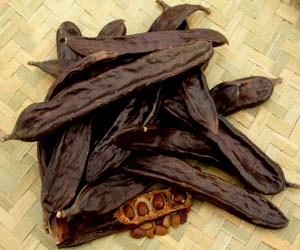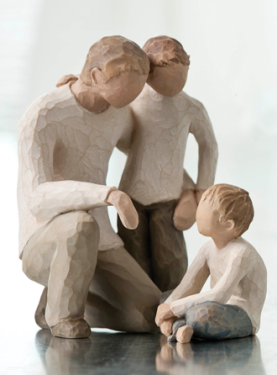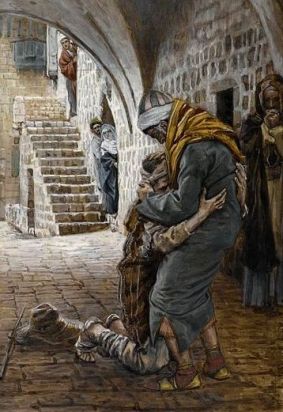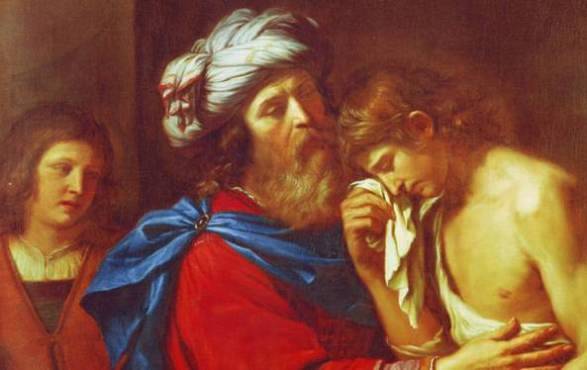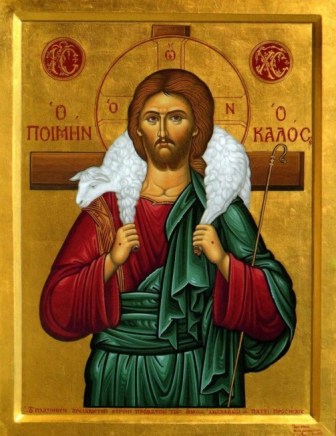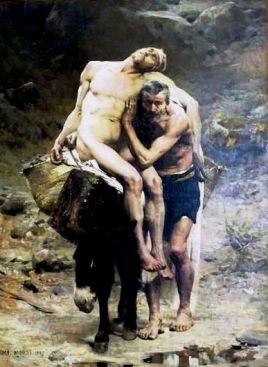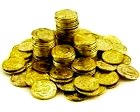marriage at cana readings
Jesus’ Miracle at Cana – extra ideas
“The Wedding at Cana (2:1-11) John 2:1-11 is the opening event in Jesus’ ministry. In 1:35-51, Jesus gathers his first disciples, and in 2:1-11 he attends a wedding with them (2:2). Jesus’ mother is also in attendance (2:1). This is the first mention of Jesus’ mother in John.
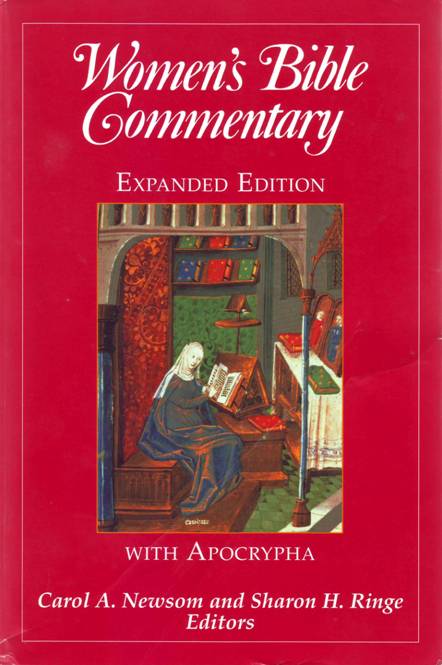 John 2:2 indicates that Jesus “was invited” to the wedding. He is not the host of the wedding feast but a guest like everyone else. Jesus’ ministry thus opens with Jesus as the recipient of a gesture of hospitality. The beginning of his ministry is played out in an intimate, personal, familial setting.
John 2:2 indicates that Jesus “was invited” to the wedding. He is not the host of the wedding feast but a guest like everyone else. Jesus’ ministry thus opens with Jesus as the recipient of a gesture of hospitality. The beginning of his ministry is played out in an intimate, personal, familial setting.
Jesus’ mother is the catalyst for the miracle in this story. When the wine at the wedding feast runs out, Jesus’ mother informs him of this lack.
The conversation between Jesus and his mother is important. When Jesus’ mother speaks to him in 2:3, she asks nothing explicit of him, but Jesus’ response in v. 4 makes clear that her words contain an implied request. She assumes that her son can remove the scarcity.
Jesus’ words to his mother in 2:4 seem harsh to the modern ear: “Woman, what concern is that to you and to me? My hour has not yet come.” His words are not an act of rudeness to his mother, however, but are an important assertion of Jesus’ freedom from all human control. Verse 4 insists that Jesus’ actions will not be dictated by anyone else’s time or will. Not even Jesus’ mother can control what he does or who he will be.
That one should not read 2:4 as rudeness is confirmed by Jesus’ mother’s response in v. 5. Despite Jesus’ seeming rebuff of her, his mother tells the servants with utter confidence that Jesus will do something. His mother is thus a model disciple: she trusts that Jesus will act and allows him to act in freedom.
The miracle that Jesus performs is appropriate to the personal setting of the wedding. Turning water into wine is an act of turning scarcity into abundance, of repaying the initial hospitality offered him. Jesus’ first miracle in John takes place in the presence of friends and family, not in the presence of powers and authorities.
This opening to Jesus’ ministry shows that the miraculous life-giving power of God is at work even (and perhaps, especially) in the intimate daily places of human lives.”
(Women’s Bible Commentary, Carol Newsom & Sharon Ringe eds., John Knox Press, 1992, p.383)
“It is noteworthy that on the general question of Jesus’ 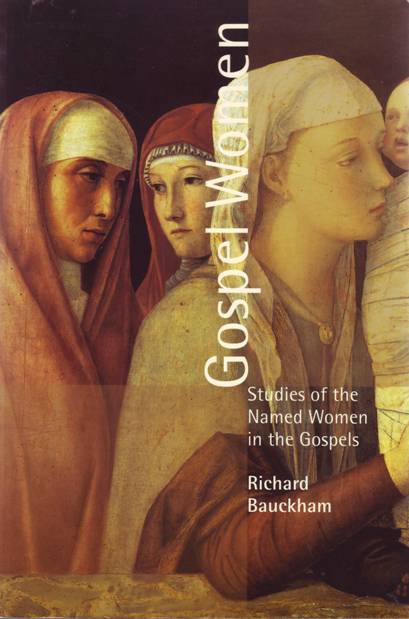 relationship with his family, John stands, as it were, between Matthew and Mark, on the one hand, and Luke on the other.
relationship with his family, John stands, as it were, between Matthew and Mark, on the one hand, and Luke on the other.
- Matthew and Mark give the impression of a complete rift,
- Luke of complete harmony between Jesus and his relatives.
- John has a more complex picture: Jesus’ mother and brothers at first accompany him as disciples (211-2, 12); later his brothers do not believe in him (7:5); but finally his mother and his aunt are among the few who stand by him at the cross (19:25).
The probability is that, after an early breach, on which Mark and John agree, the relatives of Jesus -— his mother, his brothers, Clopas, and Mary — had by the end of Jesus’ ministry joined the circle of his disciples.
This is suggested not only by the agreement of Luke and John, but also by the tradition of the resurrection appearance to James (1 Cor. 15:7), which most probably presupposes that James was already a follower of his brother.”
‘Gospel Women: Studies of the Named Women in the Gospels, Richard Bauckham, Wm.B.Eerdmans Publishing Co., 2002, p.221′
“Khirbet Qana was located about fifteen kilometers from Nazareth. The closeness of the two villages explains the presence of Jesus, his mother, and his brothers. The wine failed, probably because there were more guests than had been expected.
There was standing there some jars each holding two or three measures; a measure was about forty litres, so that each jar held up to one hundred and twenty litres. Jesus had the servants fill the jars with water, but the water then became wine.
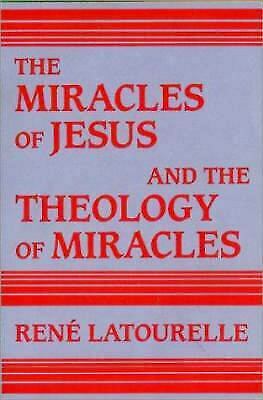 The capacity of the jars underscores the sheer size of the miracle. In the context of the beginning of Jesus’ ministry, the miracle “signified” that God had accredited Jesus as his emissary, just as he had formerly accredited Moses by the signs which he enabled him to accomplish in the sight of Israel. Jesus is the new Moses (Dt 18:18)….
The capacity of the jars underscores the sheer size of the miracle. In the context of the beginning of Jesus’ ministry, the miracle “signified” that God had accredited Jesus as his emissary, just as he had formerly accredited Moses by the signs which he enabled him to accomplish in the sight of Israel. Jesus is the new Moses (Dt 18:18)….
…The words spoken by the steward of the feast are clearly symbolic. Jesus is the Bridegroom who brings a wine superior to that of Judaism. According to Origen, Cyril of Alexandria, and Ephrem the wine symbolizes the supreme revelation given by God to humanity, given by the Logos himself. The revelation communicated through the law, the prophets, and wisdom was undoubtedly good, but the revelation of Jesus is better still: “The law was given through Moses; grace and truth came through Jesus Christ” (Jn 1:17)….
There has been much juggling with the number three in v. 1, and many hypotheses have been offered to explain it. The most probable is that the evangelist wishes to remind the reader of the resurrection, which likewise took place “on the third day.” This first manifestation of glory, which attests to the mission of Jesus, anticipates the decisive manifestation of this glory, namely, his resurrection. The fleeting glory of Cana is an anticipation, in the form of a miracle, of the definitive glory that is slowly brightening like the dawn.”
The Miracles of Jesus and the Theology of Miracles, Rene Latourelle, Paulist Press New York, p.210-11.
The use of the term ‘woman’ (gunai) to refer to his mother sounds harsh, though it is to be remembered that nowhere in the Gospel does John identify her by name.
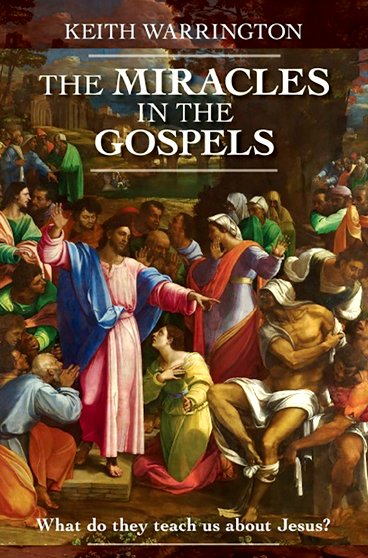 However, this word is used elsewhere in John (4.21; 8.10) in contexts where Jesus had initiated a relationship with the women concerned, as a result of which they had benefited. Also, it is used twice in conversations with his mother (19.26) and Mary Magdalene (20.13, 15) in very caring contexts.
However, this word is used elsewhere in John (4.21; 8.10) in contexts where Jesus had initiated a relationship with the women concerned, as a result of which they had benefited. Also, it is used twice in conversations with his mother (19.26) and Mary Magdalene (20.13, 15) in very caring contexts.
It is possible that John here specifically identifies Mary, not by name but as Jesus’ mother, and on three occasions, to indicate her relationship with him. As his mother, she knew her son; she may not know what he will do, but she knows that he will do something.
The statement of Jesus, ‘My hour has not yet come’ is also worthy of consideration. It refers either to the miracle that occurs next or to something else, perhaps his death, in which he will be glorified.
However, a reference to his death seems out of place in this context. It is more likely that Jesus was unwilling to appear to respond to the situation as if his mother had offered him with guidance when, in reality, he always followed an agenda set by God.
The Miracles in the Gospels, Keith Warrington, Henderickson Publishers.


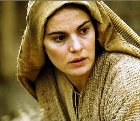

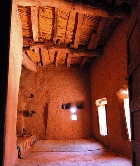
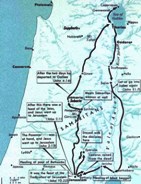

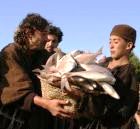
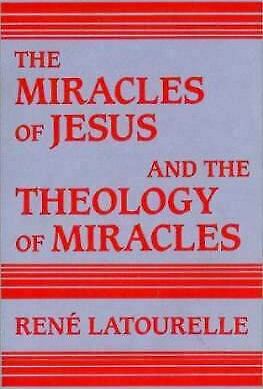 The episode is calculated by its very nature to recall the miracle of the manna in the wilderness (Ex 16:1-18) and to elicit the question of the kingdom and the identity of Jesus. At the same time, however, it is important to observe that although Jesus is conscious of his messiahship, he dissociates himself from the idea of a political Messiah that was current in Israel.
The episode is calculated by its very nature to recall the miracle of the manna in the wilderness (Ex 16:1-18) and to elicit the question of the kingdom and the identity of Jesus. At the same time, however, it is important to observe that although Jesus is conscious of his messiahship, he dissociates himself from the idea of a political Messiah that was current in Israel. 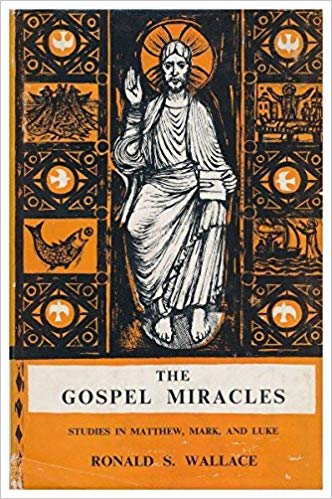 Today the attitude of the majority of men to Christ and His Church varies in different situations –
Today the attitude of the majority of men to Christ and His Church varies in different situations –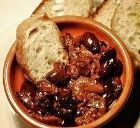
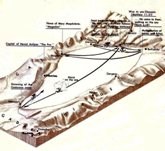
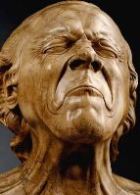

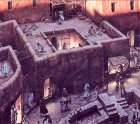
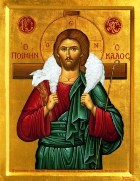
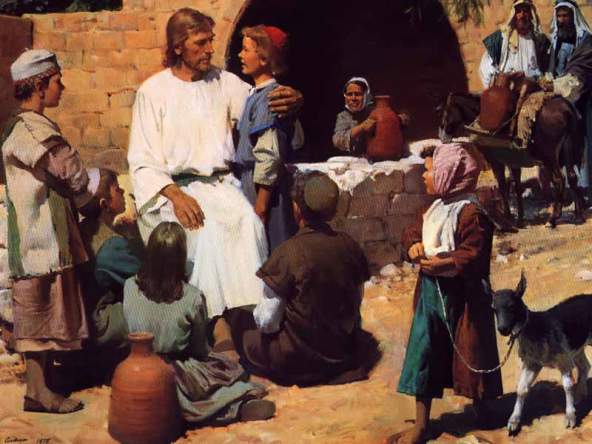
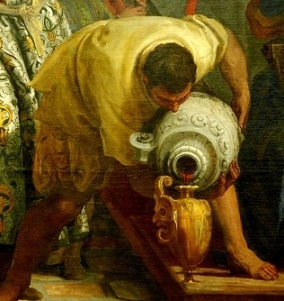
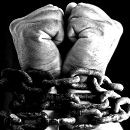
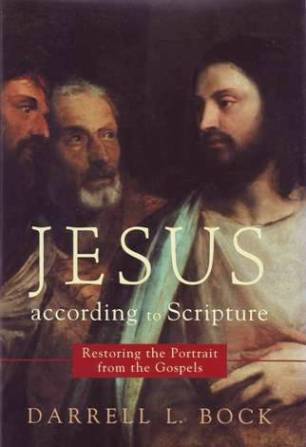 Luke alone notes that the man was naked, adding a theme of shame.
Luke alone notes that the man was naked, adding a theme of shame. 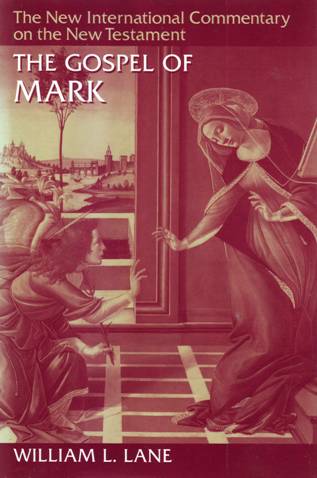
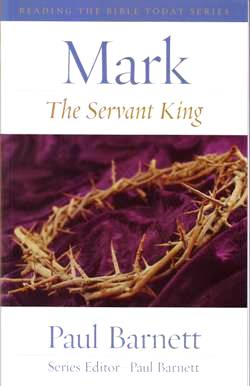

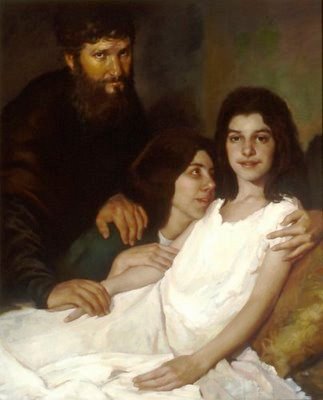


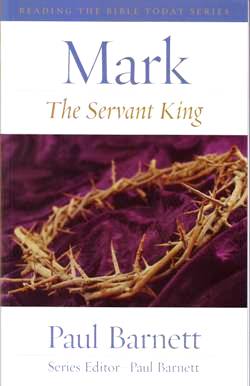


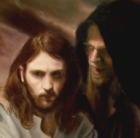
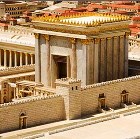
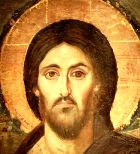
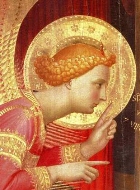
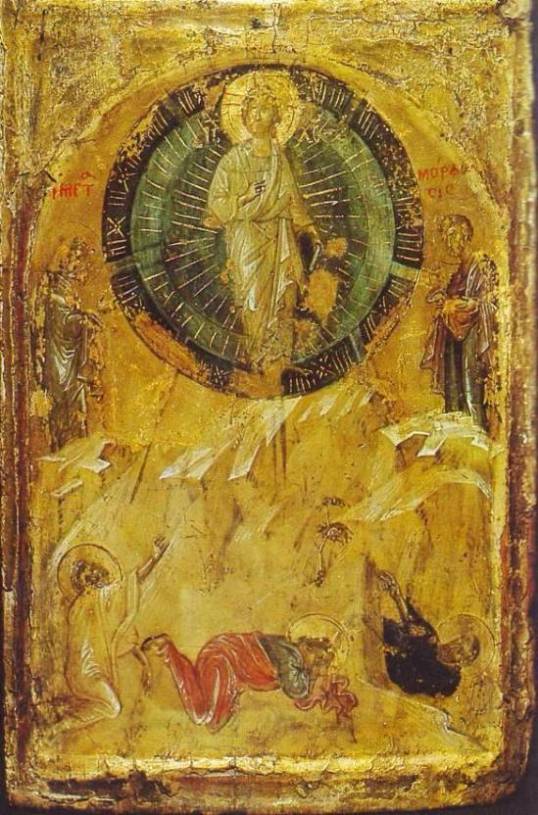
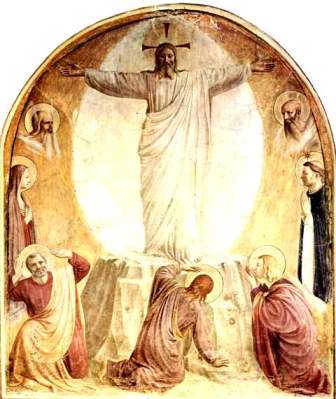 Just before this story starts,
Just before this story starts, 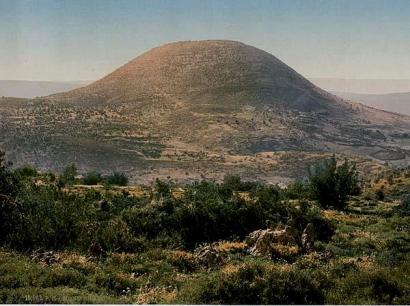 Jesus had taken three of his closest friends, the disciples Peter, John and James, up onto a lonely mountaintop. This isolated location, away from the ordinary setting of the Galilean and journey stories, gives it a special quality.
Jesus had taken three of his closest friends, the disciples Peter, John and James, up onto a lonely mountaintop. This isolated location, away from the ordinary setting of the Galilean and journey stories, gives it a special quality.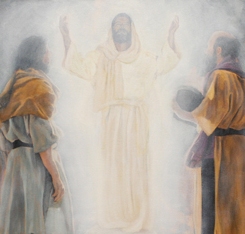 Then, the second phenomenon. Suddenly two men appeared beside Jesus. The disciples recognized them as two of ancient Israel’s greatest figures, Moses and Elijah:
Then, the second phenomenon. Suddenly two men appeared beside Jesus. The disciples recognized them as two of ancient Israel’s greatest figures, Moses and Elijah: Then Moses and Elijah appeared to move away. The disciples were dumb-founded, but frightened as he was Peter was the first to recover. Impetuous and well-meaning as ever, he offered to build three shelters/bowers, similar to the ones used to celebrate the Feast of Tabernacles. There would be one for each of the glorious figures before him.
Then Moses and Elijah appeared to move away. The disciples were dumb-founded, but frightened as he was Peter was the first to recover. Impetuous and well-meaning as ever, he offered to build three shelters/bowers, similar to the ones used to celebrate the Feast of Tabernacles. There would be one for each of the glorious figures before him.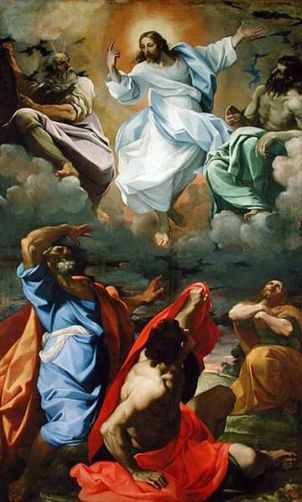 The aftermath
The aftermath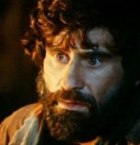
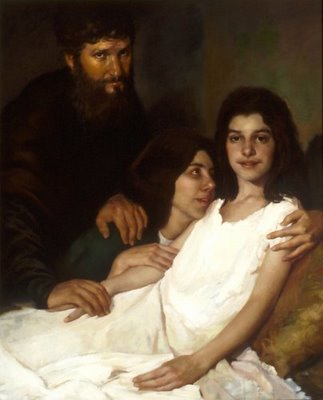
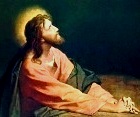
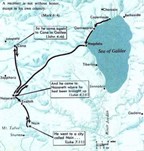
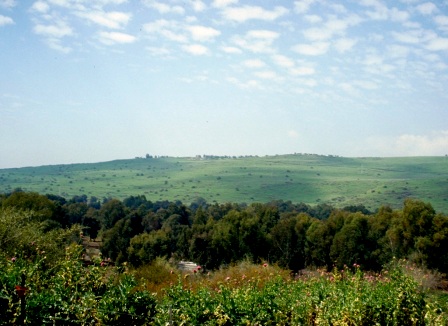 This story is part of the build-up to the
This story is part of the build-up to the  The disciples were inclined to look at the problem from a practical point of view. They themselves could not feed all these people. They barely had enough for themselves. Even if they could find supplies of food in this remote place, it would be impossibly expensive – at least two hundred denarii, when one denarius was a day’s wage.
The disciples were inclined to look at the problem from a practical point of view. They themselves could not feed all these people. They barely had enough for themselves. Even if they could find supplies of food in this remote place, it would be impossibly expensive – at least two hundred denarii, when one denarius was a day’s wage.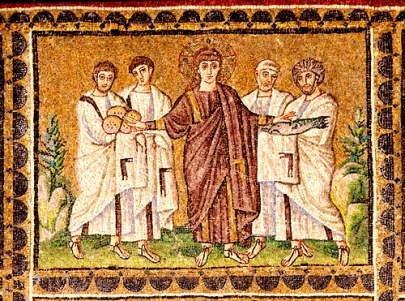 What Jesus did seemed so simple: he took the bread and the fish and blessed and broke it, which was the normal thing to do at a Jewish meal. The Jewish prayer before eating was: Blessed are you, O Lord our God, King of the world, who brings forth bread from the earth. Jesus probably said the same words at the Last Supper.
What Jesus did seemed so simple: he took the bread and the fish and blessed and broke it, which was the normal thing to do at a Jewish meal. The Jewish prayer before eating was: Blessed are you, O Lord our God, King of the world, who brings forth bread from the earth. Jesus probably said the same words at the Last Supper.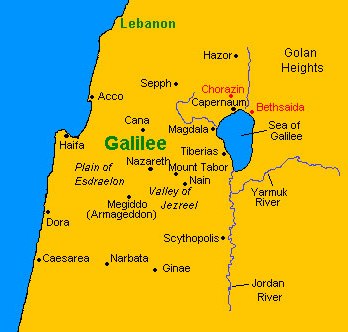 Epilogue
Epilogue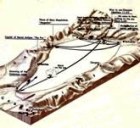


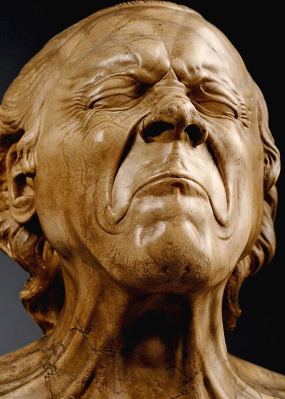

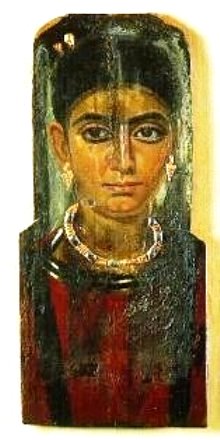 Jairus was an important man in the community. He was the ‘ruler’ of the synagogue, and thus a man of learning (much valued by the Jewish people) and some organizational skill. Synagogues were a recent innovation in 1st century Palestine, and the men in charge of them were presumably the best and brightest.
Jairus was an important man in the community. He was the ‘ruler’ of the synagogue, and thus a man of learning (much valued by the Jewish people) and some organizational skill. Synagogues were a recent innovation in 1st century Palestine, and the men in charge of them were presumably the best and brightest.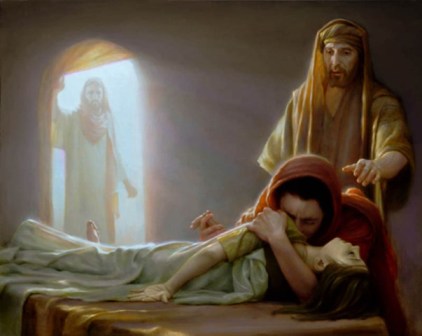 Before they reached the house the girl died. Her anguished father was overcome by grief, but Jesus reassured him. She was not dead, Jesus said, but merely sleeping.
Before they reached the house the girl died. Her anguished father was overcome by grief, but Jesus reassured him. She was not dead, Jesus said, but merely sleeping. Then Jesus showed he was not just a miracle-worker, but a practical and kindly man as well: he told her parents to give her something to eat. She had not eaten for some time and must be hungry. People often forget that Jesus was a peasant from an ordinary rural community. He healed people, but he also cared about their well-being.
Then Jesus showed he was not just a miracle-worker, but a practical and kindly man as well: he told her parents to give her something to eat. She had not eaten for some time and must be hungry. People often forget that Jesus was a peasant from an ordinary rural community. He healed people, but he also cared about their well-being.
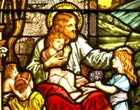


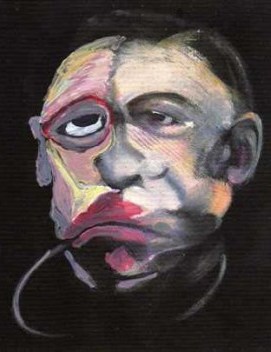 He shouted out to Jesus, calling him the ‘Son of the Most High God’. This was a term used in Scripture by Gentiles; this man must have been Gentile or lived in a mixed community, since the villagers kept pigs, something forbidden to Jews.
He shouted out to Jesus, calling him the ‘Son of the Most High God’. This was a term used in Scripture by Gentiles; this man must have been Gentile or lived in a mixed community, since the villagers kept pigs, something forbidden to Jews. The poor pigs rushed over the nearby cliff to their destruction.
The poor pigs rushed over the nearby cliff to their destruction.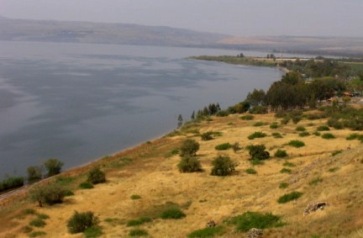 The man: when the
The man: when the 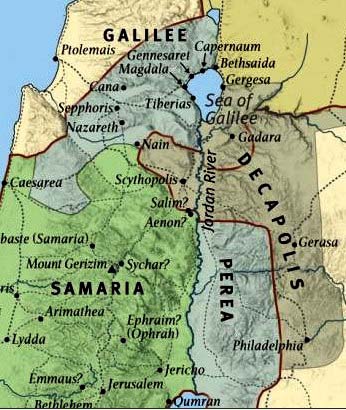

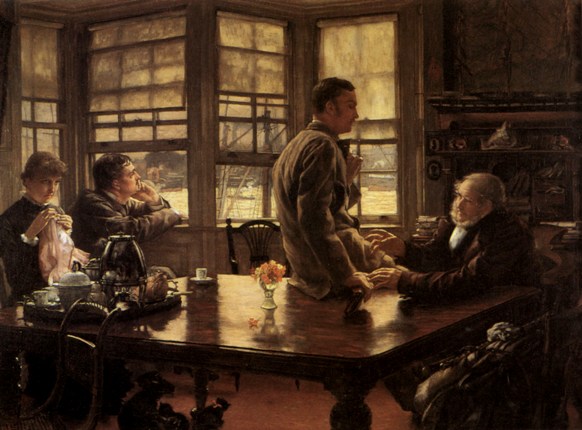
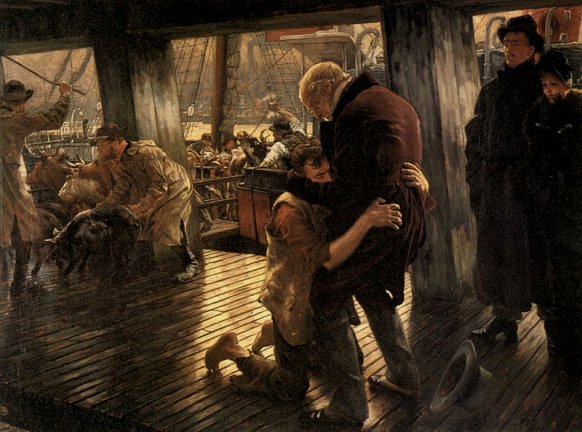
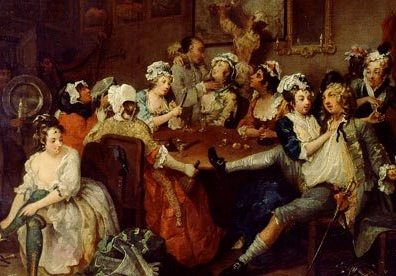 It was a slap in the face to his father, since by the standards of the time demanding the inheritance was virtually saying to his father ‘you are already dead to me’.
It was a slap in the face to his father, since by the standards of the time demanding the inheritance was virtually saying to his father ‘you are already dead to me’. When extravagant and dissolute living had reduced the younger son to penury and his fair-weather friends had deserted him, he was forced to take the most menial form of employment, one that was particularly humiliating to a Jew: feeding pigs (pigs were regarded as unclean animals).
When extravagant and dissolute living had reduced the younger son to penury and his fair-weather friends had deserted him, he was forced to take the most menial form of employment, one that was particularly humiliating to a Jew: feeding pigs (pigs were regarded as unclean animals).